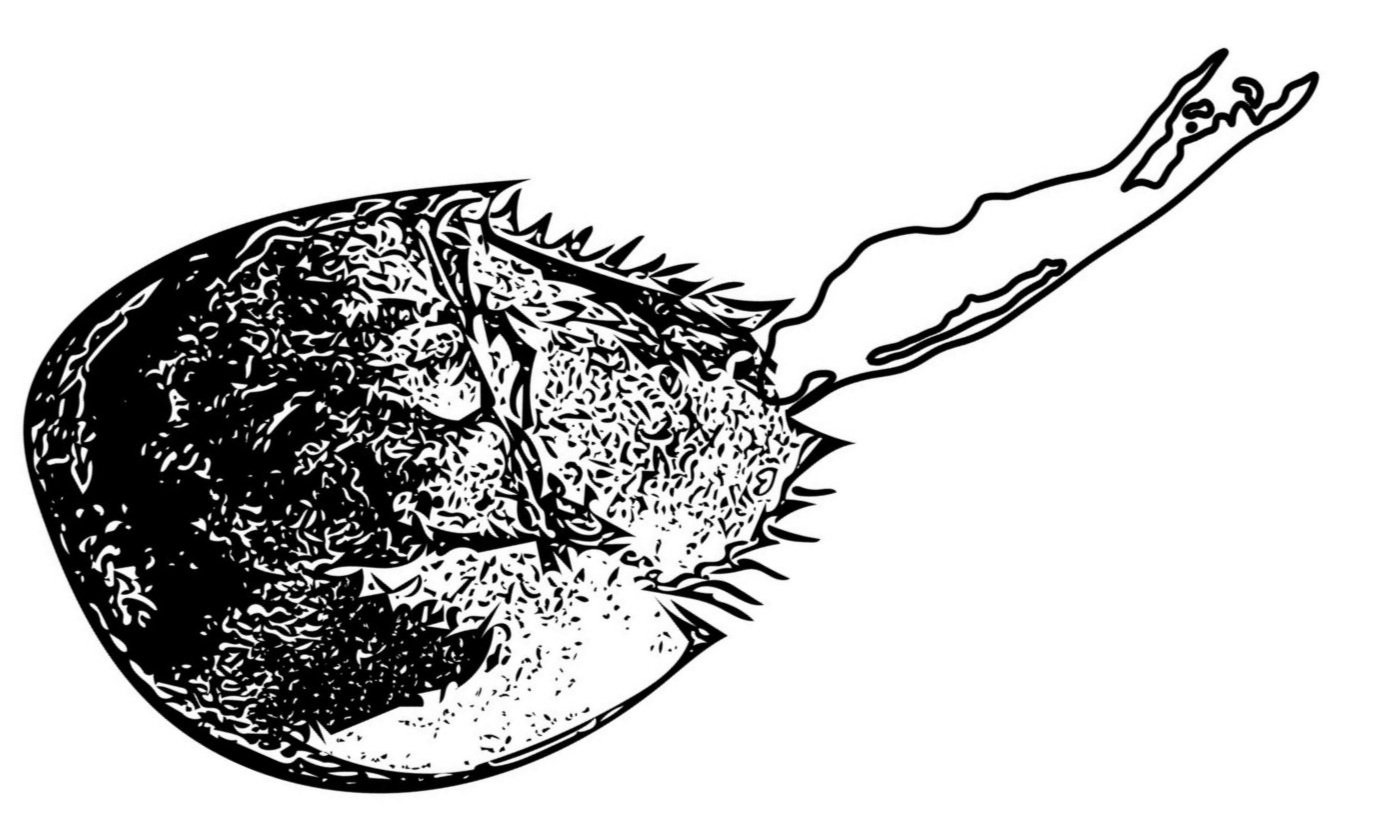Frequently Asked Questions
-
Thank you for your interest! To get involved, please visit the Get Involved page. To choose a location and sign up for a survey, visit the Sites page and use the map and list of locations to choose a site and view the schedule and coordinator contact information. Please reach out to the listed site coordinator directly if you are interested in volunteering.
-
Horseshoe crabs are prehistoric! They have been estimated to be almost 450 million years old, and have evolved and changed very little during that time.
Horseshoe crabs also play an important role in the marine food web, producing eggs that are an essential energy source for migrating shorebirds.
Research on horseshoe crab anatomy and physiology has allowed scientists to learn more about a variety of topics impacting everything from human health to space travel!
Additionally, horseshoe crabs are also collected by the biomedical industry to support the production of LAL, a clotting agent that aids in the detection of human pathogens in patients, drugs, and intravenous devices.
-
The Atlantic States Marine Fishery Commission (ASMFC) sets an annual quota on horseshoe crab harvest at the national level. To further protect the sustainability of horseshoe crab stocks, the New York State Department of Environmental Conservation (NYS DEC) has voluntarily reduced the permitted annual harvest of horseshoe crabs in New York State. To prevent the annual harvest allocation from being exceeded, DEC has developed a quota distribution plan for the commercial horseshoe crab fishery, and a commercial permit is required to collect them. To learn more about the NYS DEC’s horseshoe crab management measures or the commercial permit application process, click here.
-
In New York State, horseshoe crabs are allowed to be harvested with a permit throughout the year. However, the harvesting of horseshoe crabs is closed on the following dates: May 10-14, May 24-28, June 9-13, and June 23-27, 2025. This closure is to ensure that there are enough horseshoe crabs to participate in the spawning season. For more information on the NYS DEC’s quota distribution plan, click here
If you see someone harvesting horseshoe crabs during any of these date ranges, please call the NYS DEC’s 24-hour hotline: 1 (844) 332-3267 (1-844-DEC-ECOS)
-
Threats to horseshoe crab populations include loss of habitat due to shoreline hardening and sea level rise, and overharvesting by fisheries and the biomedical industry.
-
Horseshoe crabs can live over 20 years!
-
Although it may appear that all of the horseshoe crabs you find washed up on the beach are dead, they are usually just molts. You can tell the difference between molts and dead horseshoe crabs by looking for:
The color: molts will be a light brown or tan color, whereas dead horseshoe crabs will be dark brown or black in color.
The weight: molts will be much lighter, the tissue will be dry, and they will feel hollow, whereas dead horseshoe crabs will be heavy.
Molts also have a split in the front of the carapace, where the growing horseshoe crab crawled out of its old shell.
-
Gently nudge or pick up the horseshoe crab to see if it’s still moving at all. When they have been out of the water for a long time, horseshoe crabs become weak and may have a delayed response to being touched, so give it a moment to respond. If it is still alive, or if you are unsure whether it is still alive, gently lift the animal from either side and place it back in the water.
-
The best way to lift a horseshoe crab is by holding each of its right and left sides, being careful not to put your fingers in the hinge to avoid being accidentally pinched. Never lift a horseshoe crab by it’s tail, or “telson,” as this could severely hurt the animal an prevent it from being able to flip itself over in the future.
-
No, horseshoe crabs are harmless to humans.
-
Survey start times are scheduled to coincide with the evening high tide. Tides vary day to day based on the lunar cycle, and also vary between locations.
-
Thank you for your interest in becoming a site coordinator with our monitoring program! If you are interested in becoming a coordinator for an existing site, please contact the site coordinator(s) listed on that site’s page and reach out to us at nyhorseshoecrab@gmail.com.
-
Thank you for your interest in adding a new horseshoe crab monitoring site! Please reach out to us at nyhorseshoecrab@gmail.com with a description and a map or GPS coordinates of the location you believe would be an ideal monitoring site.
Photo: Kaitlin Morris

